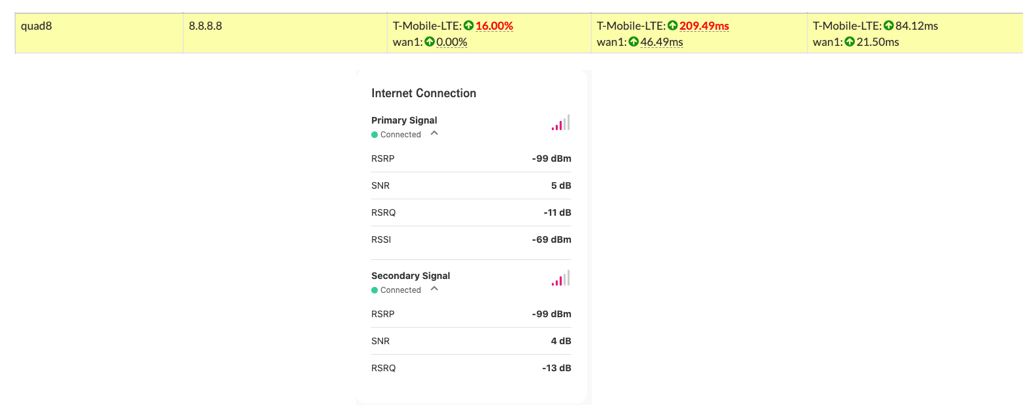Our connection is periodically (and lately, continually) unusable, with download speeds in the 0.2 to 0.8 mps range. We’re not sure if this is due to being deprioritized due to load on the system (it was awfully suspicious that it happened on the dot at 0800 this morning) or just T-Mobile having issues with their towers here. We’ve called support repeatedly and they unfortunately are very little help.
We’ve noticed the same with our T-Mobile phones - but when switching to a 4G LTE connection, download speeds increase to 40-60mps. While not at our usual 400-500mps 5G speeds, this is at least usable.
Unfortunately, using a mobile hotspot for our home connection is not a workable long term solution, as we quickly use up our data allotment and are clamped at 2G speeds (which is even worse).
Ideally, we would like to be able to not connect using the 5g band when necessary so that we can at least have a working internet connection (0.8 mps downstream shared between 2 people working from home and 1 teenager is unusable). Unfortunately, if there’s no way to resolve this, we’re going to have to find other solutions for our internet connectivity.







